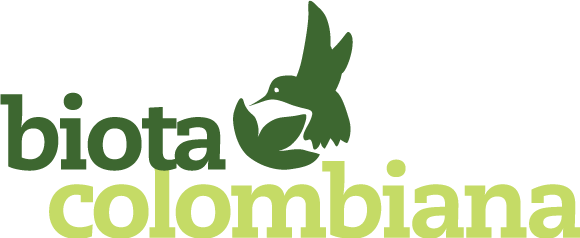103
The Inventory of Colombian Diversity at a Species Level
An open data perspective
Dairo EscobarInstituto Alexander von HumboldtSistema de Información sobre Biodiversidad de Colombia Iván GonzálezInstituto Alexander von Humboldt Daniel AmarilesInstituto Alexander von Humboldt
Sistema de Información sobre Biodiversidad de Colombia Juan Mauricio BenítezInstituto Alexander von Humboldt
Sistema de Información sobre Biodiversidad de Colombia María Cecilia LondoñoInstituto Alexander von Humboldt
Biological record
Information related to the evidence (existence, fact, or occurrence) of a living organism. This event may be recorded in its natural medium (in situ) by human or machine observations or else originate from the study of specimens found in a biological collection

One of the great innovations of SiB Colombia is in association with the magazine Biota Colombiana, Biota Colombiana, and consists on encouraging data articles as a mechanism to stimulate the publication of primary information.
This initiative gives the academic and working acknowledgement to those who generate, systematize, curate, and analyze information on biodiversity.
“Lo que siempre hemos buscado a través de las plataformas en línea es poder brindar un flujo de publicación más ágil y más transparente al usuario”.
Daniel Amariles
“Conforme avancemos en la generación de listados de especies estos consolidados que hemos reportado, van a ser mucho más acertados”.
Iván González